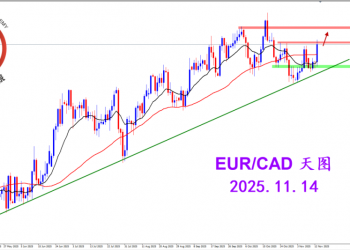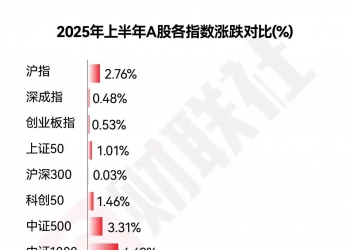EUR/USD
Short-term:
Support/ 1.3389-1.3357 Resistance/ 1.3521-1.3546,
1.3670-1.3683
U.S. May non-farm payroll was better-than-expected with 157,000 gain, also the construction sector signaled stable outlook. In addition, ISM May manufacturing data reached 55.0, which is also higher than market consensus. Although the U.S. data was stronger than expected, USD advance was still limited. EUR/USD was range traded and consolidated at 1.3450.
USD/CHF
Short-term:
Support/ 1.2200/1.2168
Resistance/ 1.2312-1.2354
Due to the better-than-expected U.S. employment and manufacturing data, USD/CHF advanced to 1.2298. Last week, Swiss announced the first quarter GDP increased by 2.4%, which was slightly above consensus.
USD/JPY
Short-term:
Support/ 120.54-120.53/119.50
Resistance/ 121.83-122.42
Due to the better-than-expected U.S. employment and manufacturing data, USD/JPY advanced to 4-month-high 122.14 and retreated to 121.97 on June 4 morning. Unless the global risk appetite shrinks, otherwise JPY weakness is expected to persist.
GBP/USD
Short-term:
Support/ 1.9677-1.9654, 1.9584
Resistance/ 1.9895-1.9900, 2.0025
U.K. May purchasing manager index (PMI) rose to 54.9, that signaled the manufacturing sector remained in expansionary phase, and triggered GBP/USD back to 1.9800 level. On the other hand, recent economic data, such as the U.K. report showed that the number of loan applicants has reduced in April and market speculates the U.K. economy will slowdown, that may lower the BoE rate hike expectation.
AUD/USD
Short-term:
Support/ 0.8163-0.8130
Resistance/ 0.8324/0.8390
AUD/USD climbed above 83 cents and led by the commodity price rebound; LMEX index weekly gained 2.49%. Australia announced the April trade deficit dropped to AUD 962 millions last week, as global economy remained in a good shape, which enhanced the export of Australia. |
 2025.11.14 图文交易计划:欧加自行走强 短41 人气#黄金外汇论坛
2025.11.14 图文交易计划:欧加自行走强 短41 人气#黄金外汇论坛 美股再创新高,鳄王达利欧警告:AI泡沫正形201 人气#黄金外汇论坛
美股再创新高,鳄王达利欧警告:AI泡沫正形201 人气#黄金外汇论坛 2025年中盘点-2025上半年十大牛熊股出炉938 人气#A股论坛
2025年中盘点-2025上半年十大牛熊股出炉938 人气#A股论坛 冷艺婕:10.17黄金新高不猜顶继续多 原油放982 人气#黄金外汇论坛
冷艺婕:10.17黄金新高不猜顶继续多 原油放982 人气#黄金外汇论坛